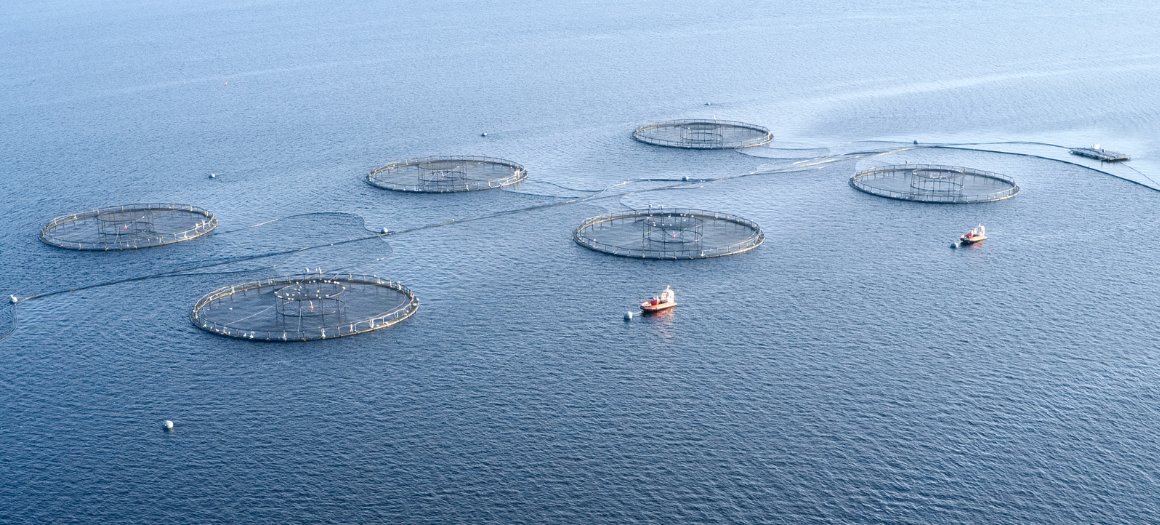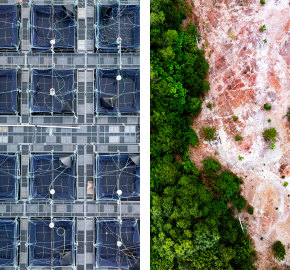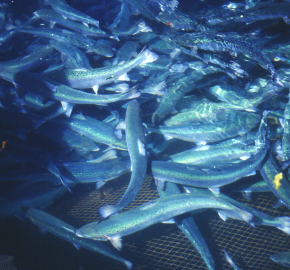Mowi’s perfect timing…

In an earlier blog this year (linked here), we wrote about an academic paper published in the Journal of Environmental Management [1] which reported on long-term ‘changes’ to the ecology of certain freshwater lochs in Scotland, all of which contain fish farms.
The authors of the paper reported that seven lochs were studied
“to better understand the impacts of in-lake fish farms on the quality of freshwater ecosystems…spanning the period before and after installation of the fish cages at these sites” and concluded that “at three lochs (A, C, E) we observed marked diatom assemblage shifts indicative of eutrophication, coincident with arrival of the fish farms, at two lochs (B, G) there was evidence of enrichment over a longer timescale although with some further enrichment occurring with the advent of the fish farms, and at the other two lochs (D, F), diatom shifts were subtle and showed no sign of eutrophication. Thus, while marked ecological shifts are shown to occur with the arrival of fish farms in some sites, this is not always the case”.
But the paper did not name the lochs where this ecological harm had been caused by the fish farms, merely labelling them as Lochs A to G.
WildFish thought this was just plain wrong.
Those lochs don’t belong to fish farming companies, however much they’d like to think they do. If they’ve been damaged by fish farming, the public has a right to know.
So we asked the lead author, at University College London, to let us have the names, but we were refused. UCL cited commercial confidentiality reasons, and ultimately, we had to forward the matter to the Information Commissioner.
On 28th March this year, the Information Commissioner issued a Decision Notice against UCL requiring them to disclose the identity of the lochs to WildFish. You can read the Decision Notice in full here.
The Information Commissioner gave UCL 30 days to provide the names of the lochs to WildFish, so, by the end of the 27th April.
UCL provided WildFish with the names on 24th April.
The lochs are:
A: Loch Arkaig
B: Loch of Butterstone
C: Loch Earn
D: Loch Huamavat
E: Loch Langavat
F: Loch Shiel
G: Loch Shin
So, the academic paper says this about Loch A, which we now know is Loch Arkaig:
“At three lochs, A, C, and E, marked diatom shifts were observed, indicative of eutrophication, coincident with arrival of the fish farms in 1986, 1981 and 1985, respectively…
The diatom data for all three sites indicated stable conditions from the base of the cores (representing around the early-1800s) to the mid- 1980s…
While there is unequivocal evidence of major shifts in the diatom assemblages of all three cores since the arrival of the fish farms in the mid-1980s, towards taxa typically associated with nutrient enrichment (Bennion et al., 2004), the nature of the diatom shifts varied across the sites…”
“At Lochs A, D, E and F, there are few alternative sources of nutrients in the catchments and thus the observed ecological shifts in A and E, following long periods of stability, can be readily attributed to the installation of the fish cages.”
The paper concluded that:
“the coincidental timing of the most marked changes in the diatom assemblages with the arrival of fish farms at five of the study lochs suggests that aquaculture is highly likely to have contributed to alterations in water quality…”
Now, the farmed salmon giant, Mowi, and its predecessors, have farmed in Loch Arkaig for more than 35 years, but Mowi was reported in January to be ceasing operations in Loch Arkaig this April. [2]
So, imagine our surprise (no, not really…) when on the day after the names of the lochs are supplied to us by University College London, Mowi decides to announce the results of its own (as far as we can see, still unpublished) study at Loch Arkaig (read the statement in full here).
Mowi’s study, it is claimed, “indicates that nutrient status of freshwater lochs is not impacted by salmon farming”.
And the salmon farming trade press was quickly awash with headlines such as 37 years of salmon farming has not harmed loch, monitoring shows and 37-year study shows Loch Arkaig salmon farm did not contribute to nutrient pollution.
Well, we will leave you to decide for yourself.
Does this smell just a little bit odd?
List of references
1. Helen Bennion, Gina Clarke, Patrick Frings, Ben Goldsmith, Joshua Lait, Neil Rose, Iain Sime, Simon Turner, Handong Yang (2024) Paleolimnological evidence for variable impacts of fish farms on the water quality of Scottish freshwater lochs. Journal of Environmental Management, Volume 369, 2024,122155, ISSN 0301-4797.
2. Mowi to exit Scotland’s Loch Arkaig after 35 years, shifts to new sites – Undercurrent News




